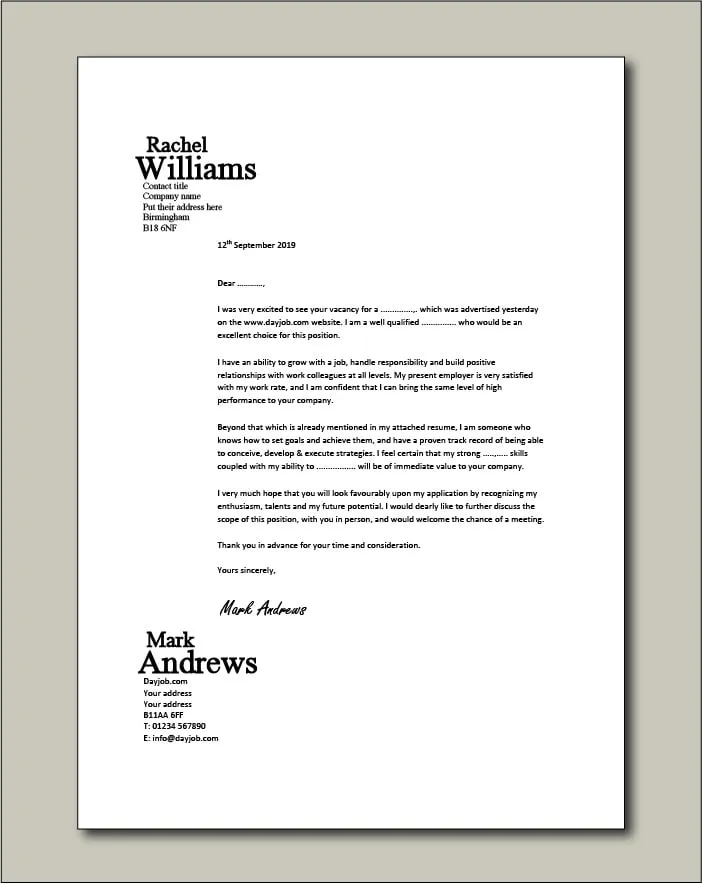Who to Address in a Cover Letter
Addressing your cover letter correctly is a crucial step in making a positive first impression on a potential employer. While the content of your cover letter is undoubtedly important, the way you begin your communication can set the tone for the rest of your application. Knowing who to address in a cover letter demonstrates professionalism, attention to detail, and a genuine interest in the specific job and company. In this comprehensive guide, we will explore how to find the right person to address, the benefits of personalizing your letter, and the best practices to ensure your cover letter stands out.
Researching the Hiring Manager
The ideal scenario is to address your cover letter to the specific hiring manager or the person responsible for reviewing applications. This shows that you’ve taken the time to research the company and the role, demonstrating a level of initiative that will impress any recruiter. Finding the right person requires some effort, but the payoff is well worth it. A personalized cover letter is significantly more likely to capture the reader’s attention and make a lasting impression.
Finding the Right Person
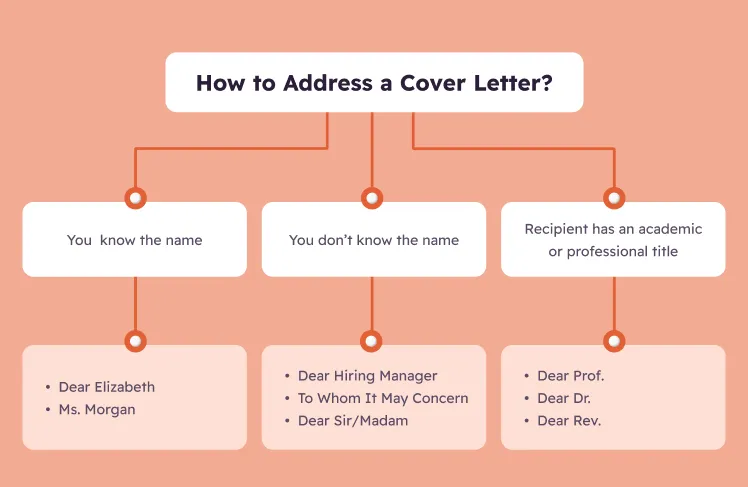
Identifying the hiring manager can be done through various methods. Often, the job posting will specify the contact person or a department. If it does not, you can use the following methods.
Using LinkedIn for Research
LinkedIn is an invaluable tool for job seekers. You can search for the company and then look for individuals with titles like ‘Hiring Manager,’ ‘Recruiter,’ or ‘Human Resources.’ Once you find a potential contact, review their profile to confirm they are involved in the hiring process for the position you are applying for. If the job posting mentions a specific department, look for the department head or a manager within that team. Always ensure the person you are addressing is the correct point of contact.
Checking the Company Website
Many companies have a ‘Careers’ or ‘About Us’ section on their website. These sections may list the hiring manager for specific roles or provide contact information for the HR department. You can also look for press releases or news articles that may mention the hiring manager or the team responsible for the role. This can provide valuable insights and enable you to address the cover letter to a specific individual.
Addressing the Letter to a Specific Person

Once you’ve identified the hiring manager, addressing your cover letter directly to them is the best approach. Use their full name and title (e.g., ‘Dear Ms. Smith, Hiring Manager’). This level of personalization immediately grabs the reader’s attention and demonstrates your attention to detail. It also shows that you are genuinely interested in the opportunity and have taken the time to research the company and role.
Benefits of a Personalized Cover Letter
Personalizing your cover letter offers several advantages that can significantly increase your chances of getting noticed. It shows that you have gone the extra mile and are not just sending out generic applications. This demonstrates your initiative and genuine interest in the position and the company. A personalized letter can also set the tone for a more engaging and effective communication style.
Increased Engagement
Addressing the cover letter to a specific person is more engaging for the reader. It feels less like a mass email and more like a personal message, which increases the likelihood that the hiring manager will read the entire letter carefully. This heightened engagement means your key skills, experiences, and enthusiasm for the role are more likely to be appreciated.
Demonstrates Initiative
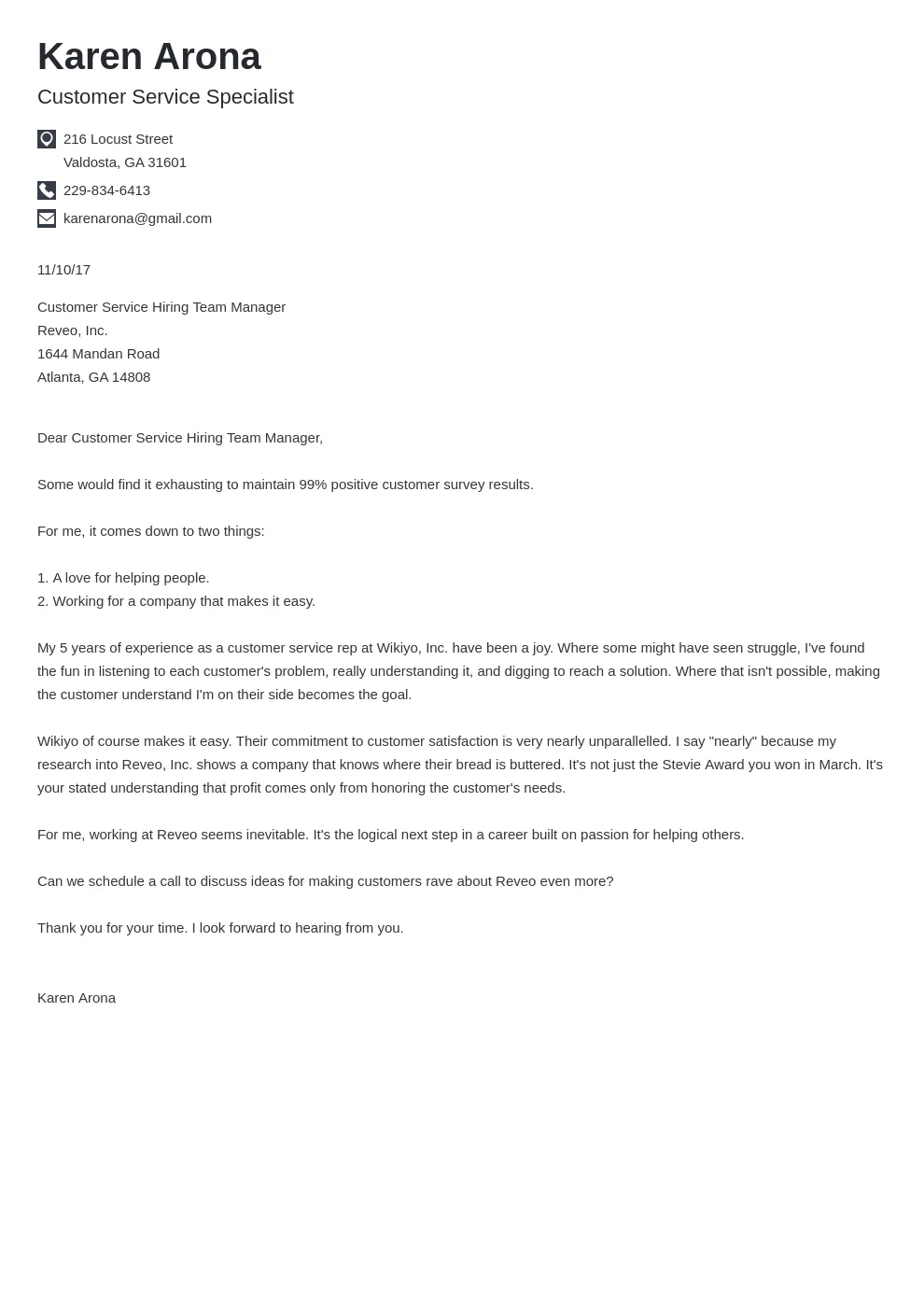
Taking the time to find the hiring manager’s name demonstrates your initiative and willingness to go above and beyond. This shows that you are serious about the opportunity and eager to make a strong first impression. Initiative is a highly valued trait in employees, so demonstrating it in your application can give you a competitive edge over other candidates.
If You Can’t Find a Name
Sometimes, despite your best efforts, you might not be able to find the hiring manager’s name. In these cases, you can still personalize your cover letter by using a general title or addressing the letter to a team. However, it’s crucial to avoid generic greetings that can make your letter seem impersonal.
Using a General Title
If you can’t find a specific name, it’s acceptable to use a general title such as ‘Dear Hiring Manager,’ ‘Dear Recruitment Team,’ or ‘Dear [Department Name] Team.’ These options are better than using generic greetings but are less effective than addressing the letter to a specific person. Make sure to customize the rest of the letter to align with the general title.
Examples of General Titles
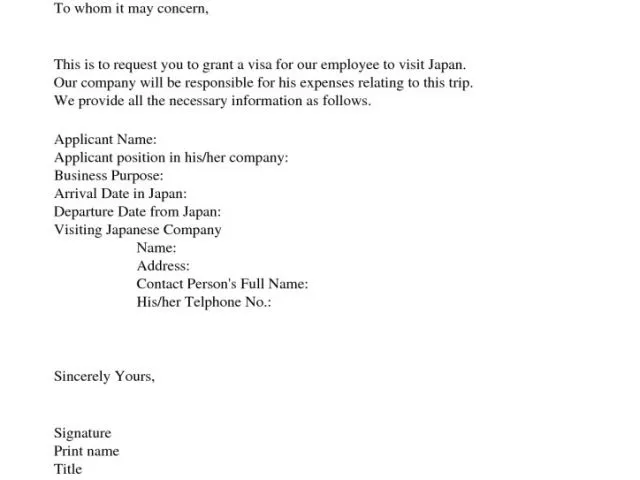
Here are a few examples of general titles that you can use: Dear Hiring Manager, Dear Recruitment Team, Dear Human Resources Department, Dear [Department Name] Team (e.g., Dear Marketing Team).
Addressing the Cover Letter to a Team
Addressing your letter to a team can be a good alternative if you cannot find a specific contact. This approach is useful, especially when applying for positions where a team will be involved in the selection process. A team-addressed letter shows you acknowledge the collaborative nature of the company and are comfortable working with various people.
Alternatives to Avoid
Certain greetings should be avoided at all costs. These can make your cover letter appear less professional, and in some cases, may even lead to your application being overlooked. It’s crucial to ensure that the way you address your cover letter reflects your understanding of professional communication.
Avoid Generic Greetings
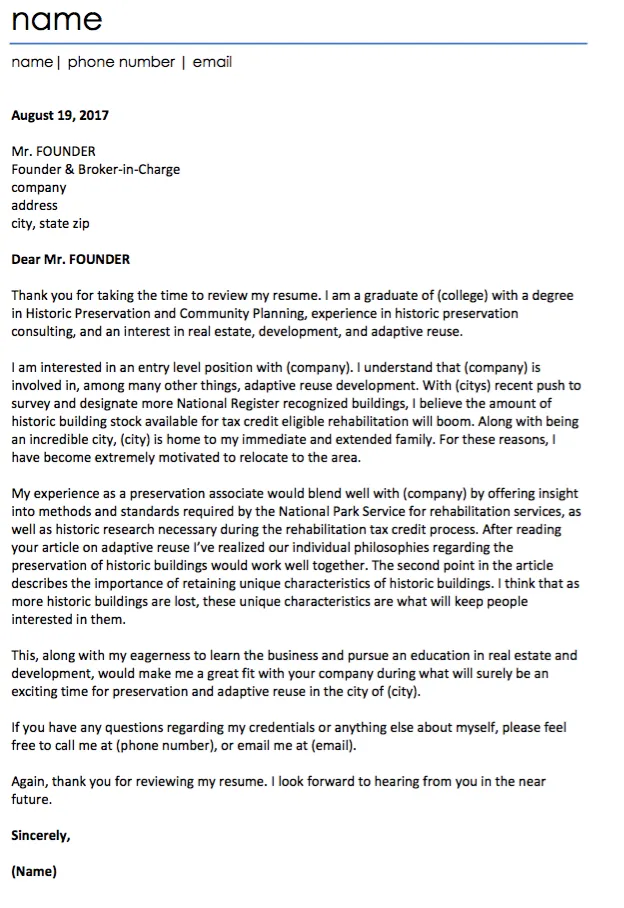
Generic greetings such as ‘To Whom It May Concern’ and ‘Dear Sir/Madam’ are outdated and impersonal. They show that you haven’t put in the effort to find out who will be reading your cover letter. Such greetings can make it appear that you’re using a template and haven’t customized your application, which can significantly diminish your chances of getting hired. Always try to find a specific name or use a suitable alternative.
Common Mistakes in Addressing Cover Letters
Several common mistakes can detract from the impact of your cover letter. Misspelling the hiring manager’s name or using the wrong title can be very embarrassing. Double-check all names and titles before sending. Also, avoid using the wrong tone, such as being overly casual or too formal.
Formatting Your Cover Letter Address
Proper formatting is key. Your address should be placed at the top of your cover letter, aligned to the left or right, depending on the style you choose. Ensure all information is accurate, including the date, the company’s address, and the hiring manager’s name and title. A well-formatted cover letter demonstrates that you have strong attention to detail.
In conclusion, knowing to whom to address a cover letter is an essential part of creating an impactful job application. By conducting thorough research, personalizing your letter, and avoiding common mistakes, you can significantly improve your chances of getting noticed by the hiring manager. Addressing your cover letter correctly shows professionalism, attention to detail, and a genuine interest in the opportunity – all of which are highly valued qualities in a potential employee.
